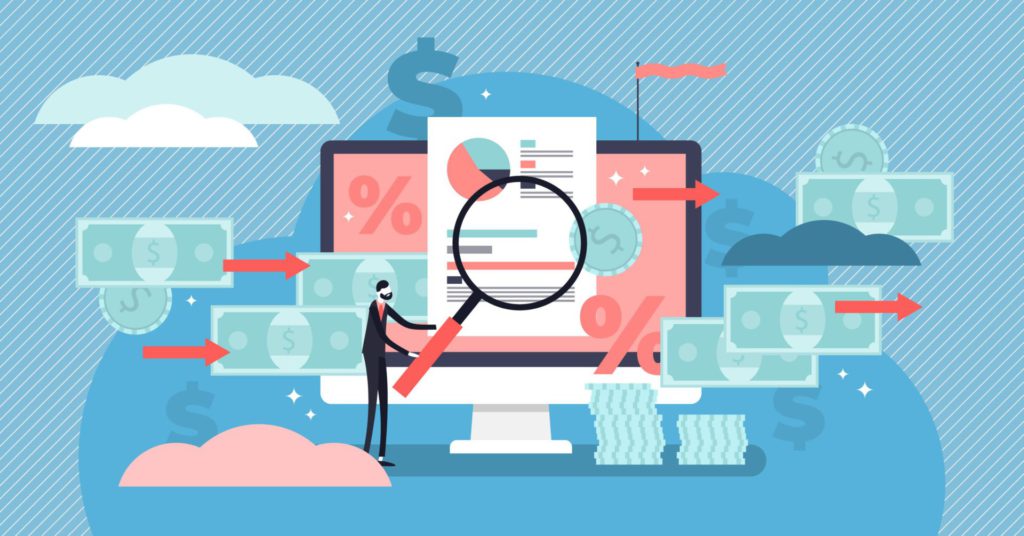Governments worldwide face mounting pressure to modernize their operations, work more efficiently and invest public funds effectively. However, many are hindered by outdated Enterprise Resource Planning (ERP) systems, originally designed for the private sector. These systems struggle to meet the unique demands of public financial management (PFM), a critical backbone of government operations.
Recognizing this challenge, our latest white paper, What is the Future of Government ERP? A GovTech Perspective, explores the limitations of traditional ERP and highlights the benefits of opting for a public sector-specific approach: Planification des ressources publiques (GRP).
The Problem with Traditional ERP in Government
For years, governments have relied on ERP systems designed for corporate environments, leading to a significant mismatch between the technology and the needs of public sector operations. Traditional ERP systems often lack the necessary functionalities required for managing complex government structures, regulations, and public finance practices. This has resulted in high costs, delayed implementations, and unmet objectives, with nearly a third of large IT projects in government failing to deliver on their promises.
The Shift to GRP
GRP is a purpose-built alternative to ERP and is designed specifically for government needs. ERP often requires extensive customization to meet the unique requirements of public sector entities, but GRP is at the heart of GovTech, aligning with government business architectures and enabling governments to achieve key PFM goals such as fiscal discipline, allocative efficiency, and operational efficiency. By adopting GRP, governments can achieve greater efficiency, accountability, and transparency, ultimately improving service delivery to citizens.
What is the Future of Government ERP? A GovTech Perspective analyzes the limitations of traditional ERP systems and the advantages of transitioning to GRP. It covers key topics such as:
- The eras of ERP, considering ERP’s evolution and its current limitations in the public sector, particularly regarding PFM
- How traditional ERP systems constrain digital transformation efforts in government
- An introduction to the GovTech ecosystem and the role of GRP as the engine driving government digital transformation
- Insights into the future needs of government operations and how GRP can meet these evolving demands more effectively than traditional ERP.
The Future is GRP
As governments continue to navigate the complexities of digital transformation, it’s clear that traditional ERP systems are no longer sufficient to meet their needs. ERP is holding governments back. Public sector organizations need a solution designed to align with government operations, drive efficiency, and support long-term modernization efforts.
Download What is the Future of Government ERP? A GovTech Perspective, to gain deeper insights into why the future lies in GRP.
